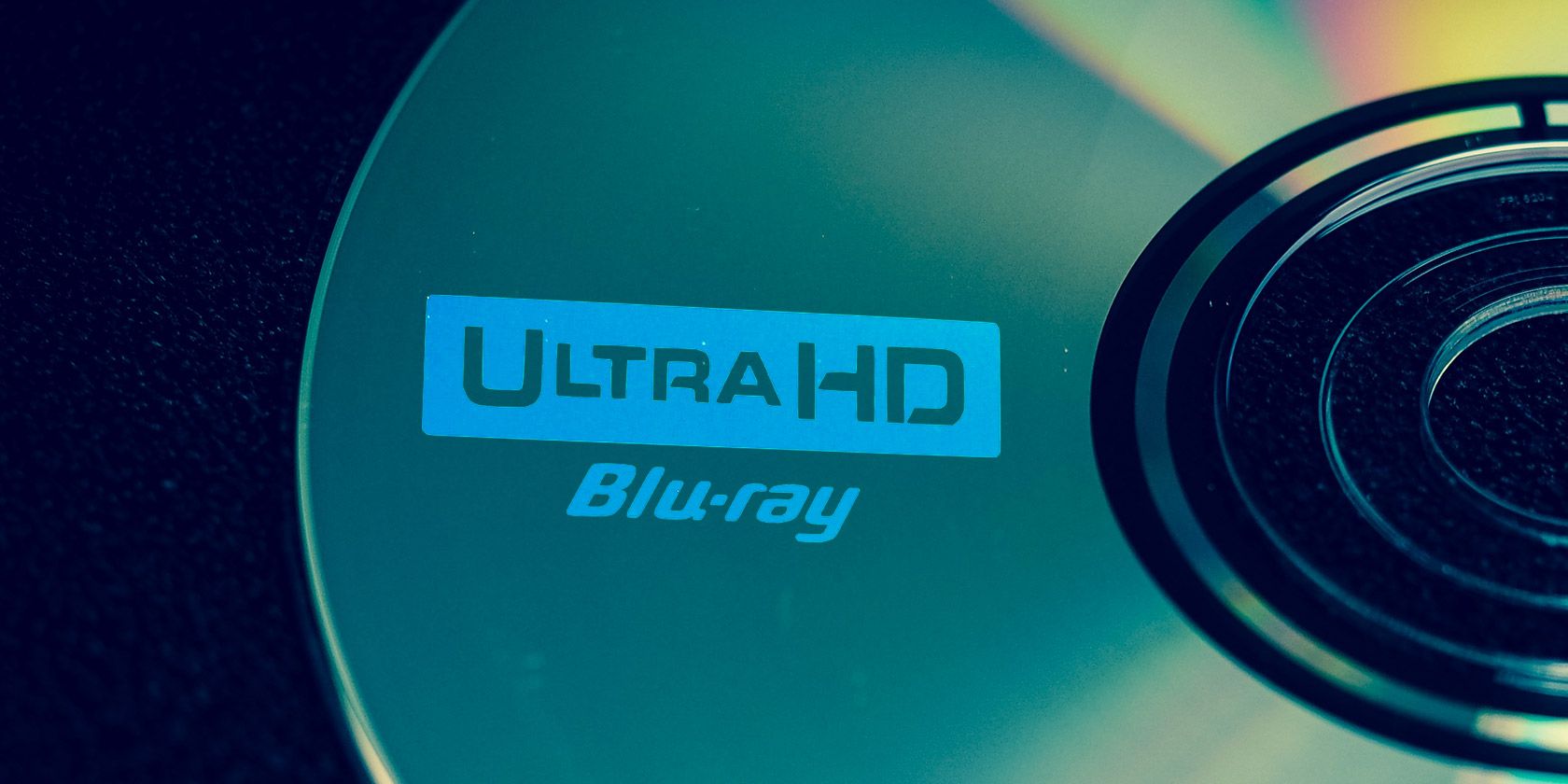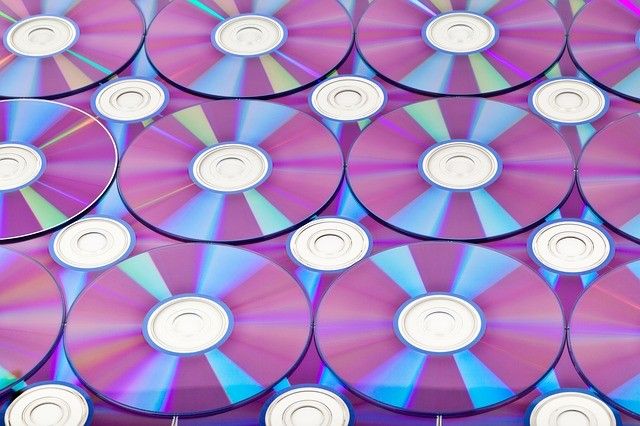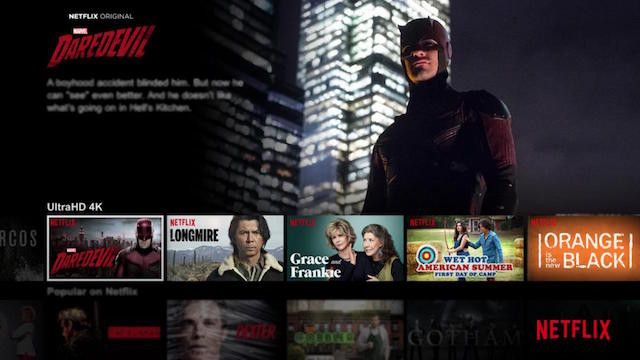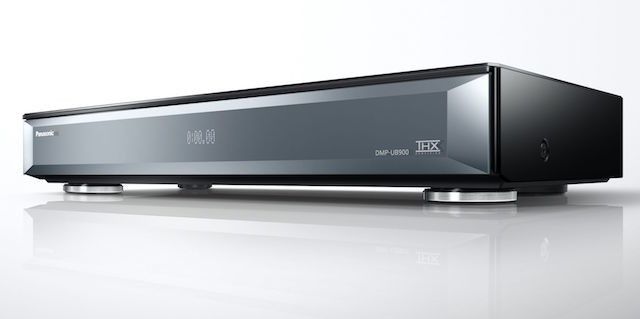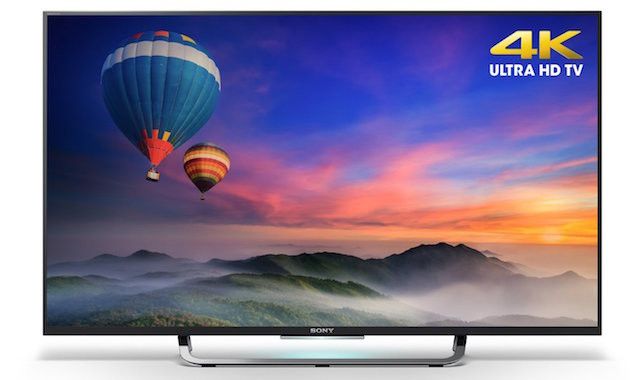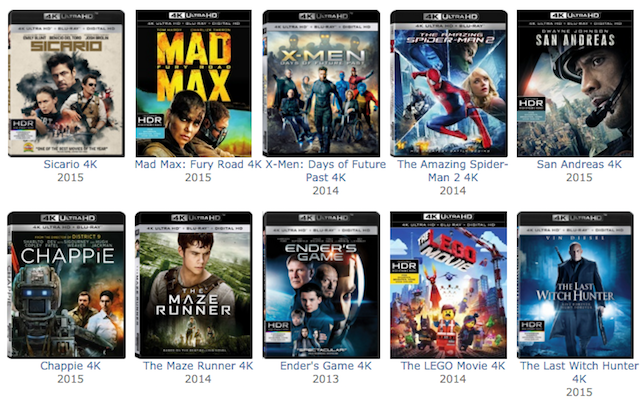At the Consumer Electronics Show (CES), the focus this year was mainly on virtual reality headsets and smart connected appliances, but was also on the world of TVs and home theater technology. In fact, a new buzzword made its way around the expo in no time: Ultra HD Blu-ray.
And as it turns out, it's more than just a buzzword. Ultra HD Blu-ray is one of the more exciting home entertainment trends to watch out for in 2016. It sounds like a jargon-loaded term and seems a bit intimidating at first, but don't worry, it's not that complex.
Here's everything you need to know about Ultra HD Blu-ray and how it will affect your home entertainment going forward.
What Is Ultra HD Blu-Ray?
Right now, you are probably already familiar with Blu-ray discs and technology. Currently, Blu-ray movies that you buy on discs are limited to Full HD resolution (which is 1920 x 1080 pixels).
Over the past couple of years, a new standard of high definition has grown in acceptance: Ultra HD, also known as 4K (which is 3840 x 2160 pixels). It's truly one of the terms you need to know before buying a TV today, so if it's still foreign to you, take this time to get comfortable with it.
Ultra HD is roughly twice the resolution of Full HD, and TVs are increasingly offering this resolution now. But the only physical medium that can handle it at this time is the Ultra HD Blu-ray disc. In other words, Ultra HD Blu-ray is the only current type of disc that can contains and play 4K videos.
Ultra HD Blu-Ray vs. Regular Blu-Ray
Current Blu-ray movie discs generally use single layer Blu-rays. A single layer Blu-ray can hold up to 25 GB of data.
Ultra HD Blu-ray movie discs mainly use double layer Blu-ray discs that can hold up to 66 GB of data, but can also use triple layer discs that can go up to 100 GB of data.
So the amount of information stored on an Ultra HD Blu-ray is roughly twice that of a current Blu-ray. While that doesn't mean it looks twice as good, it does mean the images will contain more details and thus look visibly better than current Blu-rays.
Ultra HD Blu-ray also adopts a new feature that makes for drastically better image quality: High Dynamic Range (HDR). TVs that support HDR have improved contrast and fuller colors, and because Ultra HD Blu-ray will also support HDR, it means that your home entertainment experience will be greater than ever before.
Ultra HD Blu-Ray vs. 4K Streaming
Streaming services like Netflix have also started offering Ultra HD videos among the things you can watch in 4K. But as any expert will tell you, good quality video is more than just having a high resolution.
Take the file size itself. To stream 4K, Netflix estimates that 7 GB of data will be used per hour, so that's 14 GB total for a two-hour movie. As we've seen above, an Ultra HD Blu-ray disc offers far more data (and therefore quality) for the same amount of time.
That's because quality is determined by bitrate, and a higher bitrate means better quality because there's more information being transmitted per second of video -- but higher bitrate also means a larger file size. To get the best possible bitrate, you'll need to watch 4K on Ultra HD Blu-ray.
Plus, Netflix requires you to have a 25 Mbps line to stream its videos, which is something that not everyone has. And that's not to mention the fact that people with data caps will reach those limits in absolutely no time with 4K streaming.
You'll Need a New Blu-Ray Player
The current generation of Blu-ray disc players will not support Ultra HD Blu-ray discs. At CES, some companies debuted their new Ultra HD Blu-ray players, with most costing about $400.
We've previously shared some excellent Blu-ray players, and often recommended the PlayStation 3 or PlayStation 4 among them, but even those won't support Ultra HD Blu-ray. If you want to enjoy the latest in high-resolution movies, you'll need to buy a new device. No exceptions.
That being said, it's best to wait since the prices of these players are likely to fall later. In case you want to buy it right now, Panasonic's DMP-UB900 and Samsung's UBD-K8500 seem like safe bets.
One thing to remember: what you're looking for is an Ultra HD 4K Blu-ray Player, which is different from a "4K Blu-ray Player" or a "4K Upscaled Blu-ray player". Case in point, the Sony BDP-S7200 will not play these new Ultra HD Blu-ray discs; it takes current generation Full HD Blu-rays and artificially upscales them.
Pay attention to these details when you're making your purchase.
Ultra HD Blu-ray Is Backwards Compatible
All right, so you'll need to buy a new Blu-ray player, but what about your existing discs? The good news is that they'll all run just fine at Full HD resolution.
In fact, as mentioned above, some Ultra HD Blu-ray players will even be able to upscale a Full HD movie to 4K. Granted, this won't look as good as an Ultra HD disc, but it's still something!
But the thing to remember is that all existing Blu-rays, DVDs, and VCDs will run perfectly on these new players, and even benefit from some upscaling at times. This also means that you can buy an Ultra HD Blu-ray player right now even if you don't have a 4K TV yet.
A Note on Current 4K TVs
We've often said that buying a 4K TV right now is a waste of money, but in the case that you already bought one, well, you might not get all the benefits of the new Ultra HD Blu-ray standard, but you will get some.
For example, since your 4K TV can support the resolution of Ultra HD Blu-rays, you'll see them at maximum pixels, so the images should be sharp. However, HDR is a new feature so unless you bought a 4K HDR TV that supports the HDR 10 standard, you won't get the better quality images. Very few televisions from 2015 and 2016 support this, so check your manual.
Availability of Ultra HD Content
Of course, the big question in upgrading to Ultra HD Blu-ray right now is whether you will get to watch stuff that you really want to watch. Hollywood studios want to back the new medium, but not every film is going to be available in Ultra HD.
The thing is, there's "upscaled 4K" and "real 4K" in films. You see, not all movies are shot using 4K cameras. More often than not digital filmmakers use 2K cameras, and even those who use 4K cameras don't always have the special effects done in 4K. On the other hand, movies shot on 35mm or 70mm film can be converted to digital 4K with fantastic clarity.
Reference Home Theater explains all of this beautifully:
- Mad Max: Fury Road is shot in 2.8K and has special effects done in 2K, so the Ultra HD Blu-ray disc will merely be upscaled to 4K.
- The Martian was shot in 4K but has special effects done in 2K, so for the Ultra HD Blu-ray disc they will use real-world shots from the 4K master video while special effects will be only upscaled from the 2K video.
- Sicario was shot in 4K and has very few special effects, so the whole movie should more or less be converted to true 4K for the Ultra HD Blu-ray disc.
While a 4K master is obviously superior, these upscaled 2K-to-4K videos should still look pretty good — definitely better than the Full HD Blu-ray you currently have. It's why it makes sense to avoid stuff like the Star Wars collection and wait for the 4K version.
The Blu-ray consortium has a 4K release calendar that you can check for any movie you're interested in.
What Do You Think of Ultra HD Blu-ray?
As of now, this is almost everything you need to know about the new Ultra HD Blu-ray standard, and what you'll get out of it. For more information on it, check out the official 4K Blu-ray page.
Does Ultra HD Blu-ray seem worth it to you? Will you trade in your current Blu-ray player for it? Which movies are you looking forward to seeing in this new high-quality format? We'd love to hear your thoughts about this new tech in the comments below.

